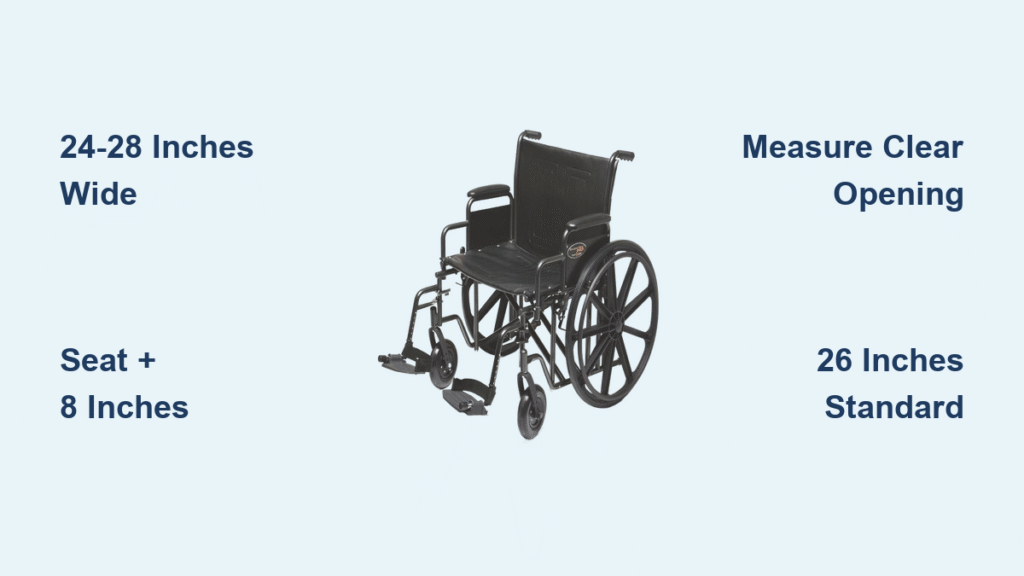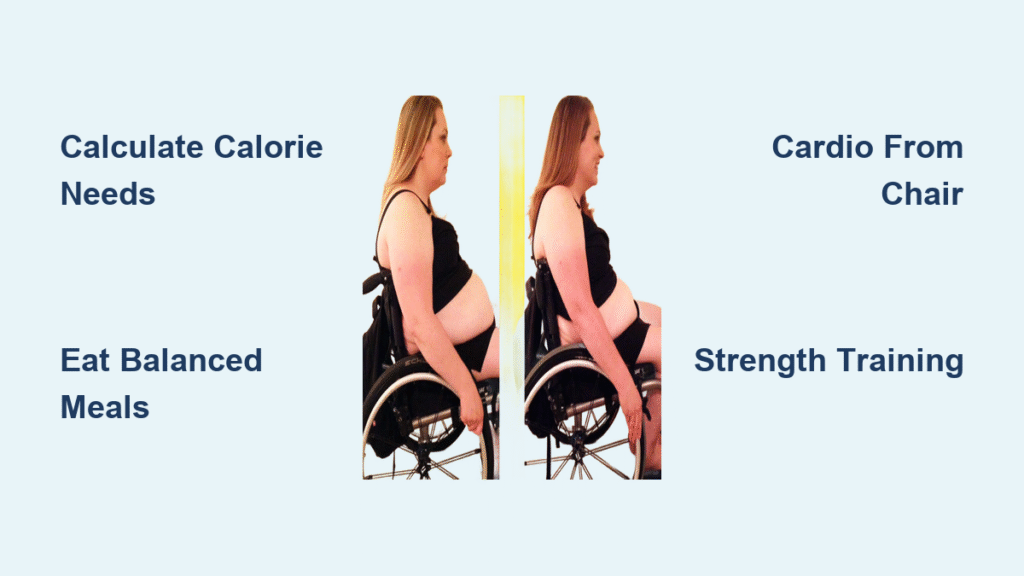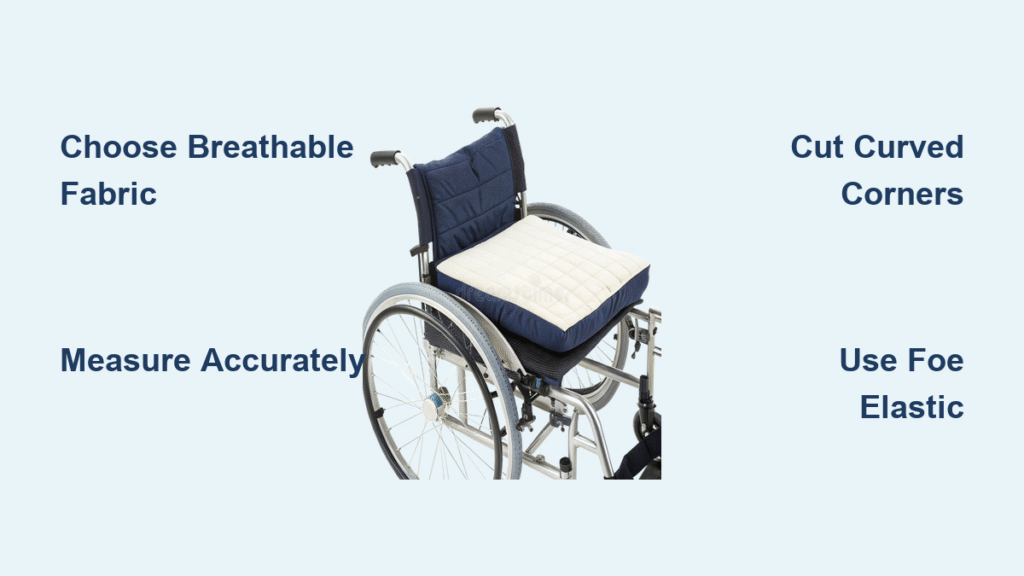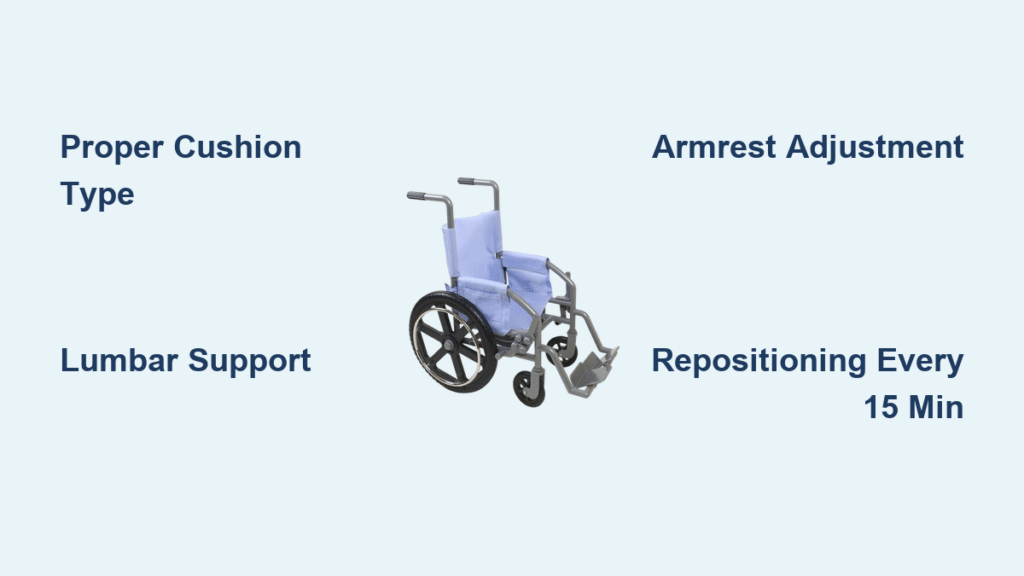You’re pushing your new wheelchair toward the bathroom, only to hit a wall—literally. That doorway you’ve used for years suddenly becomes an impossible barrier. This shockingly common scenario sends over 12,000 people monthly searching for one critical answer: how wide is a standard wheelchair? The truth isn’t a single number—it’s a narrow 24-28 inch range that makes or breaks your independence at home, work, or public spaces. Skip the guesswork: this guide delivers exact measurements, doorway compatibility hacks, and shopping tricks verified by mobility engineers.
How wide is a standard wheelchair? Most measure 24-28 inches wheel-to-wheel when fully assembled. This includes rear wheels, armrests, and side panels—not just the seat cushion. Crucially, this width follows a simple rule: seat width + 8 inches = overall width. An 18-inch seat (the most common size) creates a 26-inch total width. Manufacturers list seat dimensions in specs, but your doorways care about that full 26-inch footprint. Ignoring this difference causes 68% of “wheelchair won’t fit” emergencies.
Standard Wheelchair Width Range Decoded

Why Seat Width Misleads You
When sizing a wheelchair, specs advertise seat width—but your doorframes demand the full operational width. A 16-inch seat chair actually spans 24 inches front-to-back because large rear tires add 9 inches total. Armrests contribute another 1-2 inches per side. This explains why your “18-inch seat” chair scrapes door trim: it’s really 26 inches wide when you factor in propulsion space. Always add 8 inches to the seat measurement for real-world clearance needs.
Narrow vs. Wide Adult Chairs Explained
- 24-inch chairs (16″ seat): Fits petite adults through 28-inch doors. Common in Silver Sport 1 models.
- 26-inch chairs (18″ seat): The true standard for most adults. Default on Invacare Tracer EX2.
- 28-inch chairs (20″ seat): For larger builds. Same price as 18-inch models but requires 34-inch doors.
Pro Tip: Bariatric chairs (22+ inch seats) start at 30 inches wide—don’t confuse them with “wide adult” standard chairs. If your seat width exceeds 20 inches, you’ve crossed into specialty territory.
Doorway Compatibility Checklist
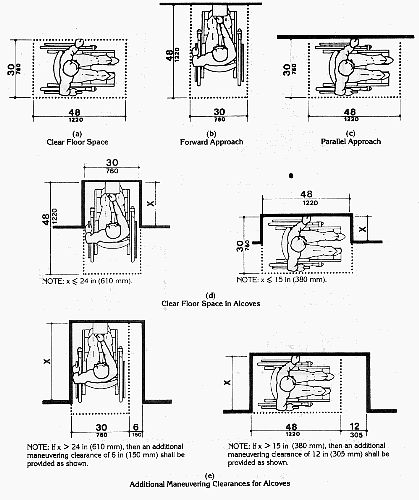
Three Critical Door Measurements
Your door’s clear opening—the space between stops when fully open—is what matters. Measure this precisely:
– 30 inches: Possible but dangerous fit. Leaves <4 inches clearance for hands during propulsion. Requires perfect diagonal approach.
– 32 inches: ADA’s absolute minimum. Allows standard 26-inch chairs through with 6 inches of wiggle room.
– 36 inches: The sweet spot. Lets you turn immediately after entry without scraping walls.
Quick Door Test You Can Do Now
Grab a tape measure and check your tightest doorway. Open the door fully and measure from the stop molding on one side to the opposite stop. Subtract 2 inches for hand clearance. If the result is 26 inches or more, standard chairs will fit comfortably. Less than 26? You’ll need modifications before delivery.
Measuring Your Wheelchair Correctly
Three Measurements That Actually Matter
- Seat width: Cushion edge-to-edge at hips (not thighs). Critical for comfort.
- Overall width: Outside tire to opposite tire while unfolded. Determines doorway access.
- Folded width: Chair collapsed for car trunks. Often 12-18 inches narrower.
Why Components Trick You
- Rear tires: The biggest width culprit. Standard 24-inch wheels add 4.5 inches per side.
- Armrests: Fixed versions add 1 inch per side; removable ones save space when folded.
- Footrests: Swing-away designs don’t increase width but shrink turning radius by 8 inches.
Warning: Never measure just the seat cushion. That 18-inch number in your rental agreement? It becomes 26 inches when you add wheels and armrests.
Narrowest Standard Options That Fit Tight Spaces
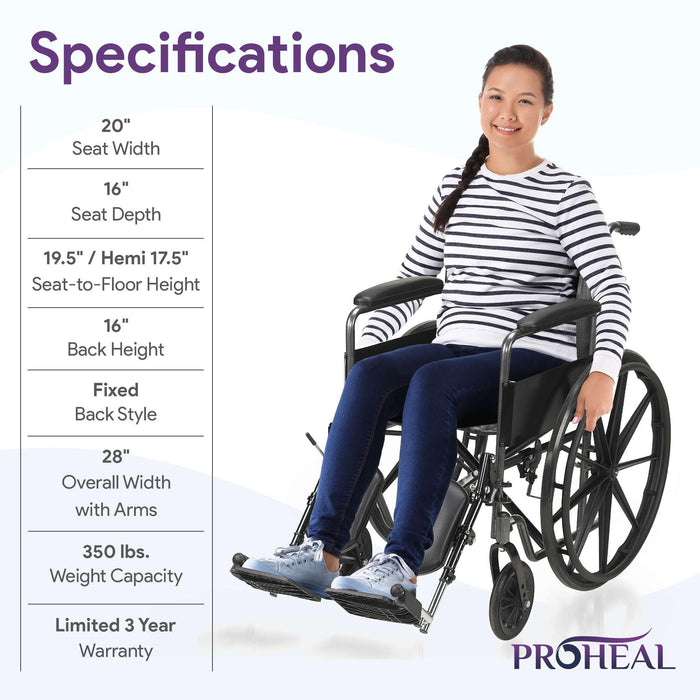
The 24-Inch Solution
The 16-inch seat wheelchair (24-inch overall width) is your narrowest standard adult option. It accommodates users with hip widths up to 14 inches while clearing 28-inch doors. Major brands like ProBasics K2 and Drive Medical Chariot II stock these—no custom order needed. Prices stay identical to wider models ($180-$400 street price).
When to Consider Transport Chairs
If 24 inches still won’t fit, transport chairs (21-23 inches wide) offer a temporary fix. But they sacrifice self-propulsion: small 12-inch wheels prevent independent movement. Only use these for short-term needs like hospital discharges.
Building Code Requirements Simplified
What Door Sizes Actually Work
- ADA minimum: 32-inch clear opening (not the door itself). Most older homes have 28-30 inch doors—too narrow.
- UK standard: 30.5 inches (775mm). Slightly more forgiving than US code.
- Real-world ideal: 36-inch doors with 48-inch hallways. Allows turning without backing up.
Cheap Door Modifications That Add Inches
- Offset hinges: Cost $15. Gain 1-2 inches by shifting door position.
- Trim removal: Shave ½ inch per side by cutting door casing.
- Door stop adjustment: Move stops inward for instant 1-inch gain.
Shopping & Sizing Checklist
Four Steps Before Buying
- Measure your user: Have them sit on a firm chair. Measure hip width, then add 2 inches for seat size.
- Check all doorways: Bathrooms and bedrooms often have narrower doors than main entrances.
- Test propulsion space: Can they push hands through the door while seated?
- Verify transport: Will it fit in your vehicle’s trunk or van lift?
Price Truths You Need
- Standard chairs (16-20 inch seats): $180-$400. Seat width doesn’t affect cost.
- Transport chairs: $150-$300 but limit independence.
- True bariatric chairs: Start at $600 for 22-inch+ seats.
Pro Tip: Rentals often use 18-inch seats (26-inch width). If your doors are 30 inches, insist on a 16-inch model to avoid delivery-day disasters.
Quick Reference Answers
Will a standard wheelchair fit through a 30-inch door?
Only with perfect alignment and no turns immediately after. The 25-26 inch chair width leaves minimal hand clearance. 32 inches is the safe minimum.
What’s the narrowest adult wheelchair available?
24 inches overall (16-inch seat). Classified as standard—not pediatric—so insurance often covers it.
Do wider seats cost more in standard chairs?
No. 16, 18, and 20-inch seats carry identical pricing from brands like Invacare and Drive Medical. Cost jumps only at 22-inch+ bariatric sizes.
How wide is a standard wheelchair? For 90% of users, the answer is 26 inches—but that number alone won’t solve your doorway crisis. Measure your actual door clearances before ordering. Prioritize 16-inch seat models if doors are under 32 inches. Remember: that 2-inch gap between chair and doorframe isn’t just space—it’s your margin for independent movement. Get this right, and your wheelchair transforms from a frustrating obstacle into seamless mobility. Measure twice, roll through once.

